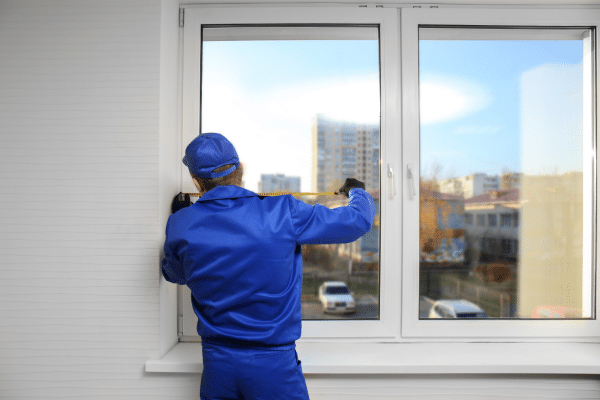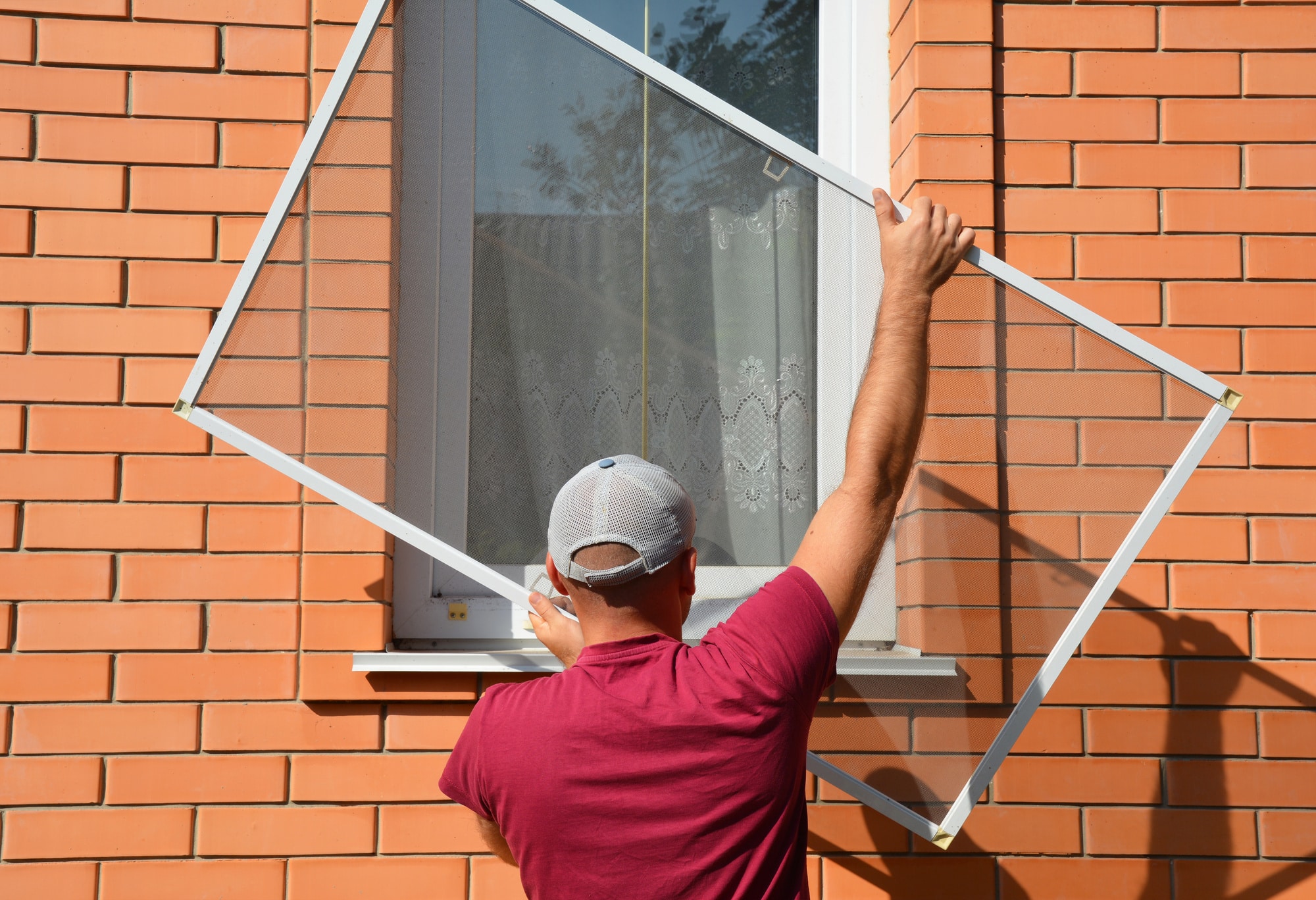Essential Tips for Effective Residential Window Tint Maintenance: Keep Your Home Looking Great
You’ve invested in window tinting to enhance your home’s comfort, privacy, and energy efficiency while protecting your interiors from harmful UV rays. But did you know that proper maintenance is key to keeping that tint looking pristine and performing effectively?
Neglecting your window tint in San Diego can lead to issues like peeling, bubbling, and fading, which can not only detract from your home’s appearance but also reduce its effectiveness.
Importance of Window Tint Maintenance

Maintaining your residential window tint ensures its optimal performance and longevity. Without proper care, tint can peel, bubble, or fade, affecting your home’s aesthetics and the tint’s ability to block UV rays and reduce heat. Routine maintenance prevents these issues, allowing you to continue enjoying the benefits of window tinting, such as enhanced energy efficiency, increased privacy, and protection from harmful UV rays.
Proper maintenance also preserves the tint’s appearance, enhancing the overall look of your home. Regular cleaning with the appropriate products prevents dirt buildup, minimizing scratches and wear. Using a microfiber cloth and gentle cleaning techniques will help maintain the integrity of your window tint without causing damage.
Timely repairs of any signs of damage help avoid further deterioration. Addressing small bubbles or scratches immediately prevents them from worsening, ensuring the tint lasts longer. Investing time in maintenance pays off by prolonging the life of the tint, saving you from costly replacements and keeping your home comfortable.
Regular Cleaning Practices
Maintaining the appearance of your residential window tint involves regular cleaning practices that keep it looking new and functioning effectively. Using the right solutions and tools enhances the longevity of your tint while delivering optimal results.
Recommended Cleaning Solutions
- Use a gentle, pH-balanced cleaning solution specifically designed for window tint. Avoid ammonia-based products, as ammonia can damage the tint. A mixture of distilled water and a few drops of mild dish soap offers a safe alternative. Always test any cleaning solution on a small, inconspicuous area to ensure compatibility with your tint.
- Microfiber Cloths: Use soft, lint-free microfiber cloths to prevent scratches and smudging.
- Spray Bottles: Opt for spray bottles for even application of cleaning solutions without oversaturating.
- Squeegees: Use a squeegee designed for home use to effectively eliminate excess water.
- Soft Brushes: Consider using soft-bristled brushes for cleaning delicate areas without damaging the tint.
By implementing these cleaning practices, you ensure your window tint remains in prime condition, maximizing its benefits for your home.
Addressing Common Issues

Proper maintenance helps you avoid common residential window tint issues like bubbling, peeling, scratches, and scuff marks. Identifying these problems early ensures you can take action before they worsen.
Bubbling and Peeling
- Bubbling occurs when air or moisture gets trapped between the tint and glass. Peeling can result from poor installation or prolonged exposure to extreme temperatures. If you notice bubbles, avoid attempting to fix them yourself, as this can damage the film. Instead, consult a professional to assess the issue. For peeling, minimize exposure to harsh cleaning chemicals. If peeling is extensive, replacement may be necessary, depending on the severity and type of tint used.
Scratches and Scuff Marks
- Scratches and scuff marks can affect the appearance of your window tint. These usually arise from using abrasive cleaning tools or materials. If you find scratches, avoid harsh scrubbing or excessive pressure during your cleaning routine. Light scuff marks can sometimes be polished out using a soft cloth and a gentle polish designed for window treatments. However, deeper scratches may require professional assessment. In cases of severe damage, replacing the tint could be the best option to restore your home’s aesthetic.
Professional Maintenance Options
Maintaining residential window tint involves knowing when to seek professional help and understanding the benefits of utilizing professional services.
When to Seek Professional Help
- Seek professional assistance if you notice persistent bubbling or peeling that cleaning can’t fix, as these issues often require expert intervention. Contact professionals for scratches or scuff marks that exceed minor abrasions, as they can effectively assess and repair damaged tint. Regular inspections can also uncover hidden damage, so consider scheduling assessments annually or after severe weather conditions.
Benefits of Professional Services
- Utilizing professional services offers several advantages. Experts provide specialized tools and techniques that prevent further damage during repairs. Professionals guarantee quality materials and installation, enhancing the longevity of your tint. Access to warranties ensures coverage for potential issues that may arise post-service. Professional maintenance can also save you time, allowing you to focus on other priorities while ensuring your home remains comfortable and energy-efficient.
DIY Maintenance Tips
Maintaining your residential window tint enhances its longevity and appearance. Regular attention to these simple tasks prevents common issues and keeps your tint in top shape.
Preventative Measures
- Choose Quality Film: Invest in high-quality window tint film that resists fading and bubbling. Quality materials stand up better against wear and environmental factors.
- Avoid Abrasives: Use soft, non-abrasive cloths for cleaning. Rough materials can scratch the surface and damage the tint.
- Limit Exposure: Consider using curtains or blinds to limit direct sunlight exposure. Prolonged exposure to direct sunlight can accelerate wear and lead to discoloration.
- Guard Against Chemicals: Stay away from ammonia-based cleaners. Such substances can degrade the film and alter its performance.
- Inspect Tint Regularly: Review your tint for signs of peeling or bubbling every season. Early detection allows for timely repairs.
- Clean Windows: Clean tinted windows monthly with a gentle solution of mild soap and water. Rinse thoroughly to prevent residue buildup.
- Check for Scratches: Examine windows for scratches or scuffs. Address minor damage promptly to avoid further issues.
- Assess UV Damage: Pay attention to areas where sunlight hits most. Sun exposure can weaken adhesive over time, leading to potential peeling.
- Remove Debris: Clear any debris from the window edges. Dirt can accumulate and cause wear at the margins of the tint.
Seek Professional Help: If significant damage arises, consult a professional. They’ll provide specialized solutions tailored for your home’s needs.
Maintaining your residential window tint is crucial for ensuring its longevity and effectiveness. By following simple care tips and addressing issues promptly, you can keep your tint looking great and functioning well. Regular inspections and gentle cleaning will help prevent more significant problems down the line.
Don’t hesitate to seek professional assistance for any persistent issues. With the right maintenance routine, your window tint can enhance your home’s comfort, appearance, and energy efficiency for years to come. Stay proactive and enjoy the benefits of a well-maintained tint in your living space.







